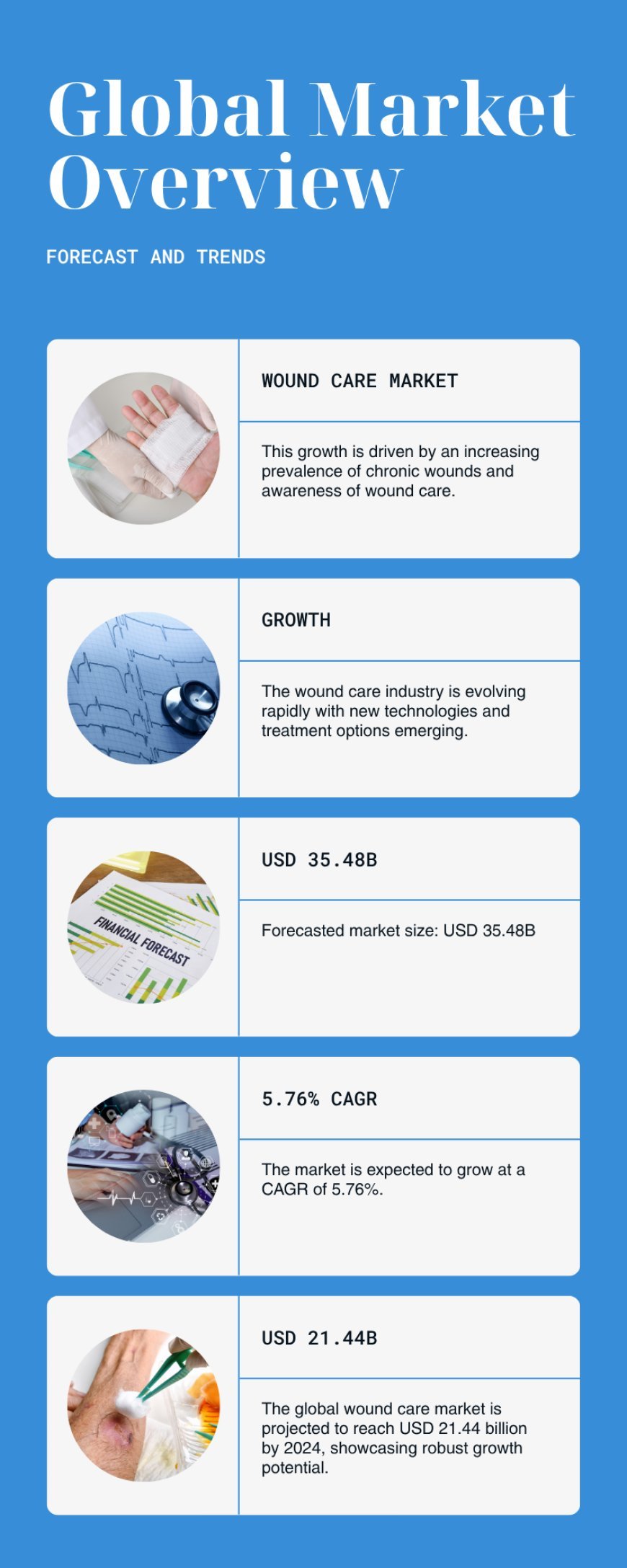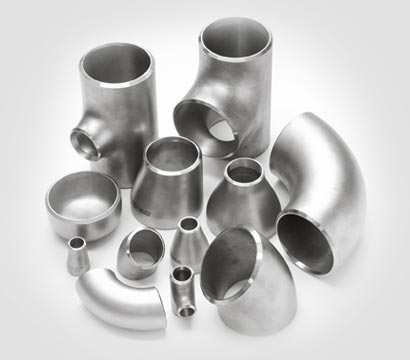Wound Care Market Forecast and Competitive Strategies 2025-2033

Global Wound Care Market Size, Share, Trends & Forecast (2025–2033)
Market Overview
The Global Wound Care Market was valued at USD 21.44 billion in 2024 and is projected to grow at a CAGR of 5.76% during the forecast period from 2025 to 2033, reaching approximately USD 35.48 billion by 2033. The expansion of this market is driven by the increasing prevalence of chronic wounds, a growing aging population, higher rates of diabetes and obesity, technological advancements in wound care solutions, and a rising number of surgical procedures and trauma-related injuries.
Want pricing & detailed TOC? Enter your email:https://www.renub.com/request-sample-page.php?gturl=wound-care-market-p.php
Wound Care Market Segmentation and Coverage
- By Wound Type:
- Advanced Wound Dressings
- Traditional Wound Care Products
- Negative Pressure Wound Therapy (NPWT)
- Bioactive Products
- Others
- By Product:
- Growth Factors
- Foam Dressings
- Antimicrobial Products
- Alginate Dressings
- Traditional Adhesive
- Hydrocolloid
- Hydrogel
- Traditional Gauze
- Film Dressings
- Traditional Non-Adherent
- Others
- By Application:
- Chronic Wounds
- Acute Wounds
- By End User:
- Hospitals & Clinics
- Home Care Settings
- Long-Term Care Facilities
- By Region/Country:
- North America (U.S., Canada)
- Europe (Germany, U.K., France, Italy, etc.)
- Asia-Pacific (China, India, Japan, Australia)
- Latin America
- Middle East & Africa
- By Companies:
Includes detailed profiles, strategic developments, and product innovations of key players such as Smith & Nephew, Convatec Group, MiMedx Group, Mölnlycke Health Care, JeNaCell, Axogen, Coloplast, 3M, and Medtronic.
Key Market Drivers
1. Rising Incidence of Chronic Disorders
Chronic wounds—such as diabetic foot ulcers, venous leg ulcers, and pressure ulcers—are increasingly prevalent due to the rising global burden of diabetes, obesity, and vascular disorders. According to the International Diabetes Federation, global diabetes cases are expected to rise from 463 million in 2019 to over 700 million by 2045, fueling demand for long-term wound care therapies.
2. Technological Advancements
Innovations in wound management—such as smart dressings, bioengineered skin substitutes, and growth factor-infused products—are improving healing outcomes and reducing complications. Digital tools, including telemedicine platforms and wound imaging systems, are being integrated to monitor wounds remotely. Notably, Convatec’s ConvaFoam, launched in January 2023, is gaining traction for its multifunctional application in skin protection and wound treatment.
3. Increased Surgical Procedures and Trauma Cases
The rise in elective surgeries and road accidents is increasing demand for surgical wound care products. Surgical wounds, burns, and traumatic injuries require precise wound management strategies to prevent infection and scarring. In June 2024, Axogen Inc. launched Avive+ Soft Tissue Matrix, a next-generation soft tissue barrier promoting nerve protection and recovery post-surgery.
Wound Care Market Segmentation and Coverage
- By Wound Type:
- Advanced Wound Dressings
- Traditional Wound Care Products
- Negative Pressure Wound Therapy (NPWT)
- Bioactive Products
- Others
- By Product:
- Growth Factors
- Foam Dressings
- Antimicrobial Products
- Alginate Dressings
- Traditional Adhesive
- Hydrocolloid
- Hydrogel
- Traditional Gauze
- Film Dressings
- Traditional Non-Adherent
- Others
- By Application:
- Chronic Wounds
- Acute Wounds
- By End User:
- Hospitals & Clinics
- Home Care Settings
- Long-Term Care Facilities
- By Region/Country:
- North America (U.S., Canada)
- Europe (Germany, U.K., France, Italy, etc.)
- Asia-Pacific (China, India, Japan, Australia)
- Latin America
- Middle East & Africa
- By Companies:
Includes detailed profiles, strategic developments, and product innovations of key players such as Smith & Nephew, Convatec Group, MiMedx Group, Mölnlycke Health Care, JeNaCell, Axogen, Coloplast, 3M, and Medtronic.
Key Market Drivers
1. Rising Incidence of Chronic Disorders
Chronic wounds—such as diabetic foot ulcers, venous leg ulcers, and pressure ulcers—are increasingly prevalent due to the rising global burden of diabetes, obesity, and vascular disorders. According to the International Diabetes Federation, global diabetes cases are expected to rise from 463 million in 2019 to over 700 million by 2045, fueling demand for long-term wound care therapies.
2. Technological Advancements
Innovations in wound management—such as smart dressings, bioengineered skin substitutes, and growth factor-infused products—are improving healing outcomes and reducing complications. Digital tools, including telemedicine platforms and wound imaging systems, are being integrated to monitor wounds remotely. Notably, Convatec’s ConvaFoam, launched in January 2023, is gaining traction for its multifunctional application in skin protection and wound treatment.
3. Increased Surgical Procedures and Trauma Cases
The rise in elective surgeries and road accidents is increasing demand for surgical wound care products. Surgical wounds, burns, and traumatic injuries require precise wound management strategies to prevent infection and scarring. In June 2024, Axogen Inc. launched Avive+ Soft Tissue Matrix, a next-generation soft tissue barrier promoting nerve protection and recovery post-surgery.
What's Your Reaction?































































